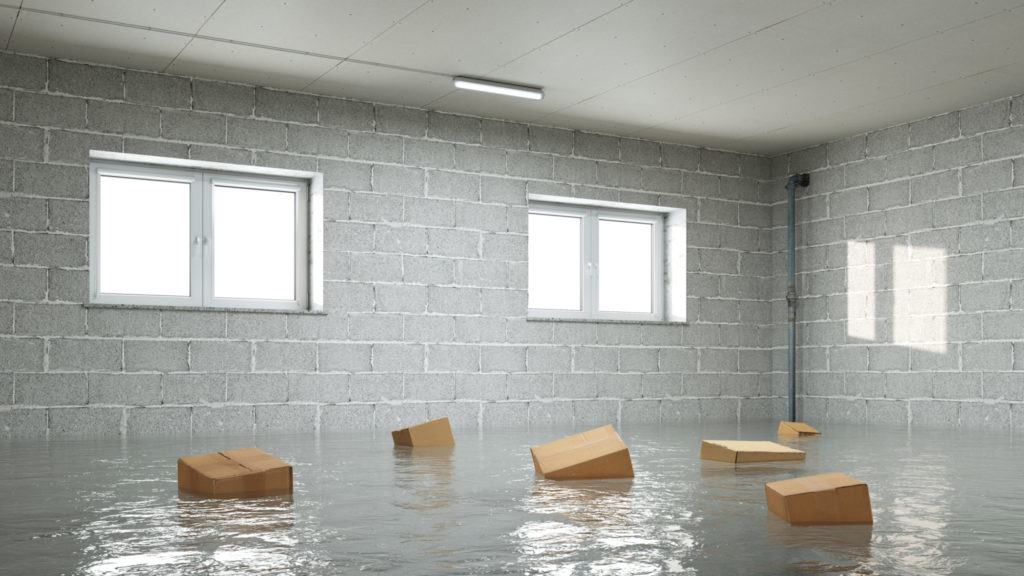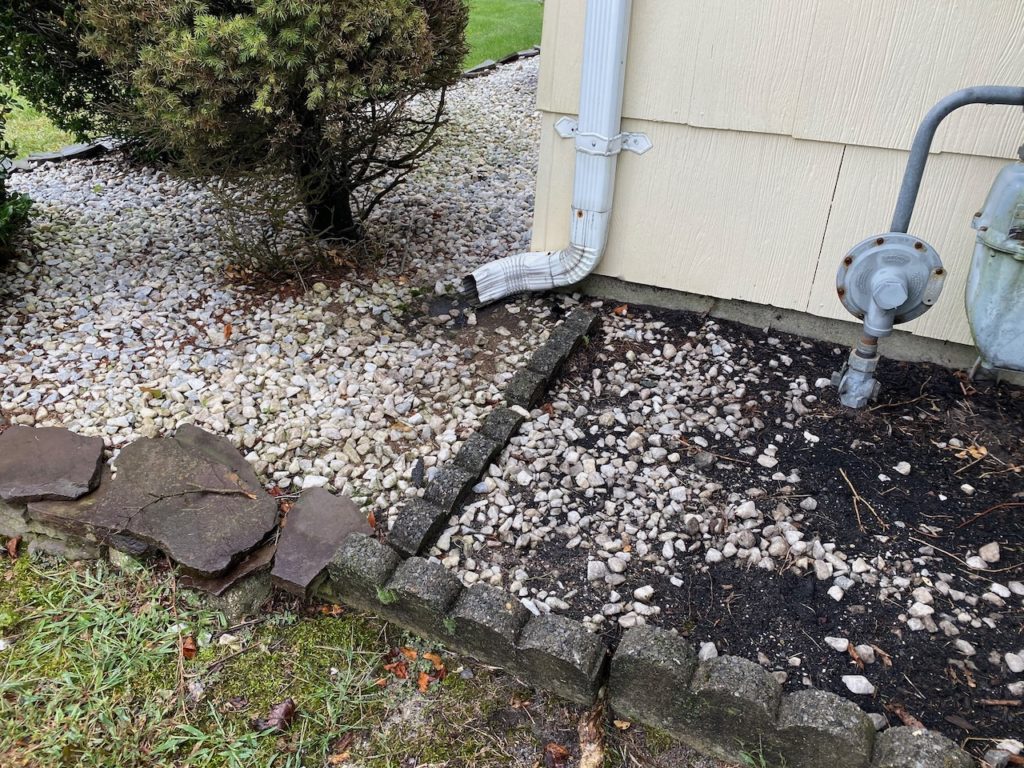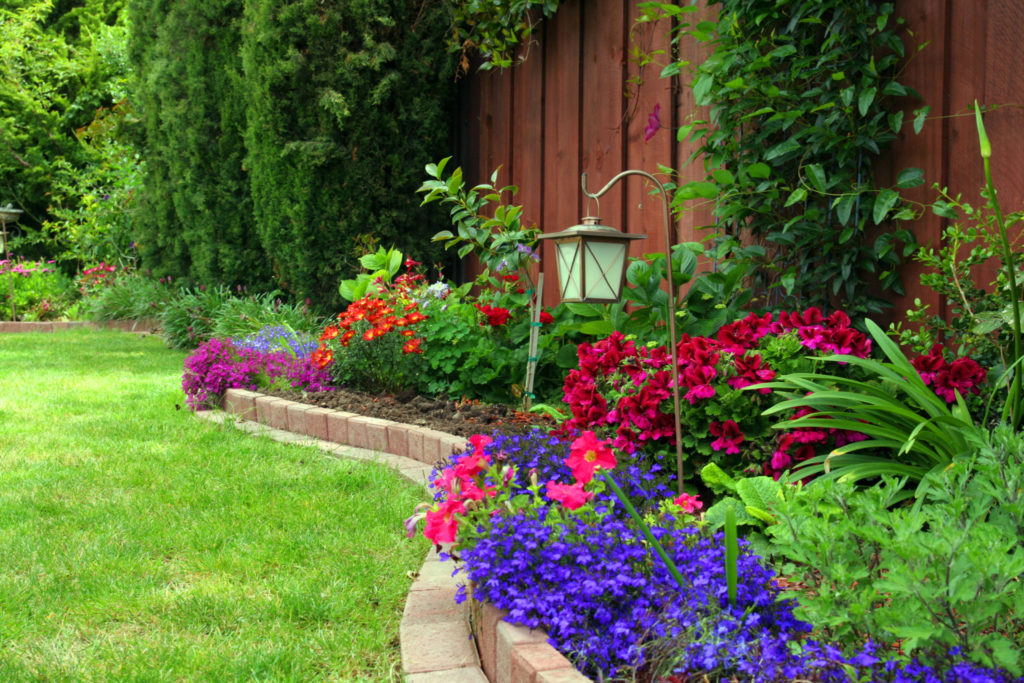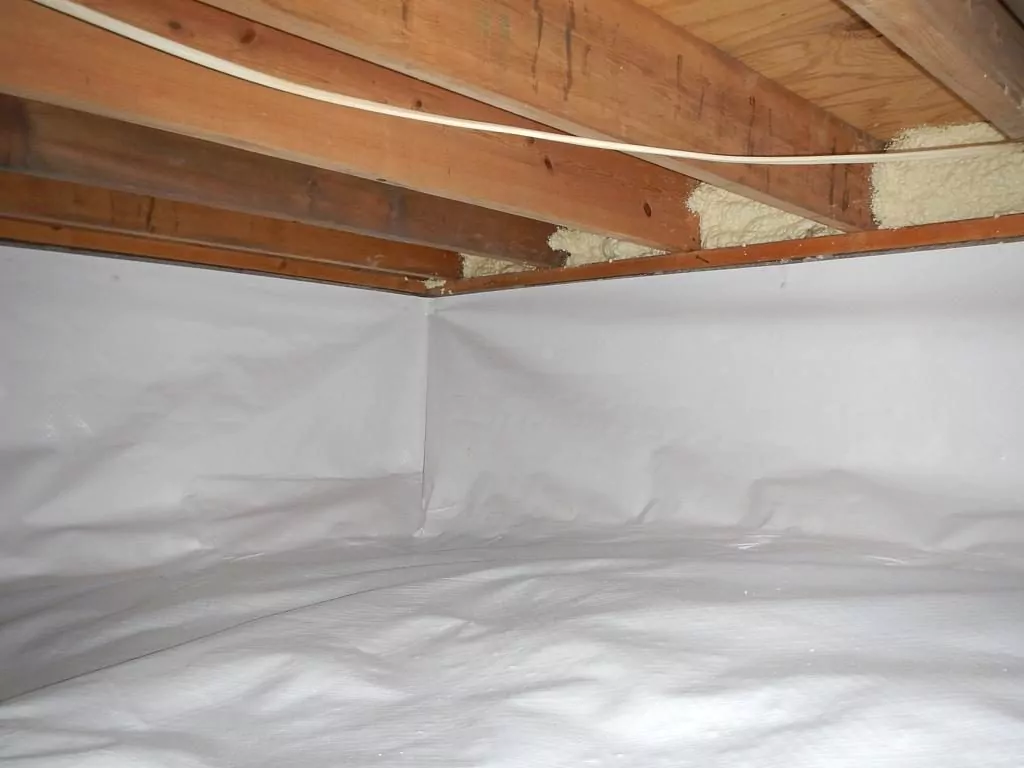Car That Leaks Whenit Rains Funny Pictures
Table of Contents [Hide] [Show]
- The wrong way to waterproof a wet basement
-
Why is water in my basement after a heavy rain?+ −
- Get good gutters and keep them clean
- Slope soil to shed surface water away from house
- What to do about window wells
- Other causes of basement leaks
-
Avoid panic-peddling waterproofing contractors!+ −
- Here's a great example of the hard sales tactics used by waterproofing contractors:
- What about leaking crawlspaces?
- Conclusion
In the 20 years I spent as a professional home inspector, the top three problems my home-buying clients were concerned about can best be summed up this way: water, water and water! Waterproofing your home is the surest way to avoid a wet basement and make sure buyers stay interested.
While water leaks through roofs, pipes and basements are constant concerns, a wet, leaking basement is always ranked highest as the home improvement problem most likely to send buyers running for the nearest open house.
Whether you are a buyer, seller or owner of a home, water damage from wet basements are always a concern. Not only is a wet basement unusable, flooded foundations can be seriously weakened. Toxic mold the newest threat to residential indoor air quality–can fester when an ample supply of water lies just underfoot.
When basements leak, people panic. The trouble, however, can usually be traced to the drainage conditions around the outside of the house. If too much water is allowed to collect in the soil around your home's foundation it will naturally leak into the basement. Water will leak through the basement walls, or even up through the center of the basement floor.
The good news about these unplanned indoor pools is this. While wet basements are often thought of as one of life's biggest home repair headaches, basement water problems are generally easy and inexpensive to fix. Yes, that's right–easy and inexpensive!
The wrong way to waterproof a wet basement

Ask 10 people how to fix a wet basement and you're likely to get lots of answers. You'll hear about using jackhammers to break up basement floors and backhoes to dig out dirt from foundation walls. Others will advise to install drain tile, or have a plumber add a sump pump and other such expensive drain systems.
While these solutions may seem to make sense, they all attempt the impossible: to seal a foundation so tightly that it will somehow hold off water like a boat. Well, unless your house is a houseboat, it won't float. So you might as well stop thinking about all the ways to keep it from doing that.
Most people blame a wet basement on a high water table, the natural level of water in the soil under the building site. This is another myth, because homes are not built below water tables. Builders attempting such a feat would find themselves constructing a foundation in a muddy mess.
Why is water in my basement after a heavy rain?

Likewise, flooded basements that happen after a heavy rain or snow melt are never caused by rising water tables. A water table moves slowly and seasonally. If basement leaks show up after a heavy rain or snowmelt, the cause of your problem is far easier to spot and to fix.
The most common cause of basement leaks can be traced to trouble with the drainage conditions around the outside of the house. If too much water is allowed to collect in the soil around the foundation, water flows will naturally leak into the basement through the walls. Or water may even force seepage up through the center of the basement floor.
If you'd like to stop water problems once and for all, stop nervously checking your sump pit after rainfalls and get rid of dehumidifiers — the waterproofing solution lies in improving these drainage conditions. The best news is this: these improvements are easy, cheap and highly effective! Here's where to begin…
Get good gutters and keep them clean
Roof drainage is, by far, the number one cause of basement leakage. Since roof surfaces are as large as the house, they collect lots of water in heavy rainstorms. What happens to that collected water can mean the difference between a wet and a dry basement.
Properly designed gutters should have at least one downspout for every 600 to 800 square feet of roof surface. Gutters must be clean! Gutters with clogs will fill up causing the water to overflow directly to where you don't want it: near the foundation.
It's also important to make sure the ends of the downspouts are extended to discharge at least four to six feet from the foundation. Spouts which discharge too close to the foundation are like big fire hoses blasting water into the basement.

If your yard permits, one of the best ways to control roof drainage is to discharge downspouts into solid PVC plumbing pipes. These pipe should run underground and release water to the street or to another low-lying area. When making this improvement, be sure to pitch the pipe slightly toward the discharge point to avoid backups. Also, be sure the end of the pipe is visible. This way you can access it for cleaning if a clog were to occur.
Also, don't attempt this with the soft, flexible black pipe that landscapers like to use around flower beds, because it's easily crushed and cannot be snaked clean like PVC plumbing pipe can.
Slope soil to shed surface water away from house
Next to gutter problems, the angle of the soil around the foundation perimeter can also cause wet basement woes. The soil should slope away from the house to keep rainfall from collecting against foundation walls.
The angle and type of soil are also important. The soil should slope downward six inches over the first four feet from the foundation wall. Thereafter, it can be graded more gradually but should never allow water to run back toward the house.
If grading needs improvement, use clean fill dirt (not topsoil) to build up the soil around your house. Tamp the soil down to the correct slope and finish with a layer of topsoil. Then add grass seed to prevent erosion. Or, just use stone or mulch.
Whatever the top layer is, be certain the slope is established with the fill dirt. Otherwise the water will just run through the more porous material and into the basement. Also, don't use straight topsoil for the grading improvement. This kind of soil is too organic. It will hold water against the foundation, which is the opposite of what needs to be done.
It is also important to avoid landscape treatments that hold soil close to the house. A brick, stone or timber landscape edging around flower beds adjacent to foundation walls may look attractive. However, these edges can prevent water from draining away from the foundation and increase your risk of basement flooding.
What to do about window wells
Window wells, the area of your foundation landscape that is carved out to let light into the basement window, are a place where homeowners struggle to stop leaks. The truth is that the window wells themselves are rarely the cause of any leaks – or certainly any additional leaks. The small amount of water that gets in from direct rainfall will simply drain through the soil like any other area of your yard.
That said, once you've addressed the far bigger and more important issue of gutters that are not draining away from the house, and grading that slopes into the foundation, there are two things you can do.
First, make sure that you add stone to the bottom of the window well. That tip will help keep the windows clean from mud that would otherwise splash up on the windows.
Secondly, you can add a window well cover to the top of the window wells. This will prevent direct rainfall from getting in the well. But remember it will also stop you from being able to open those basement windows for ventilation. If you do add window well covers, do a good job! Make sure they are well attached and sealed to the siding. Use a good quality caulk to the siding so that water doesn't drip between the well cover and the home.
Other causes of basement leaks

Use common sense to check for other detriments to good drainage. For example, in the years I spent as a professional home inspector, I would frequently find bricks or wood landscape ties used to create planting areas around the foundation.
This is a REALLY bad idea! Think about it – this kind of edging holds excess water against the house which is exactly what you are trying to prevent! Likewise, heavily overgrown bushes and trees can also prevent good drainage and lead to foundation leaks. Its important to manage this surface water to prevent it from becom ing basement water!
Avoid panic-peddling waterproofing contractors!
If you've ever thought about hiring a so-called waterproofing contractor to fix your wet basement, DON'T. Basement waterproofing companies can often be rip-off artists. They attempt to scare homeowners into an expensive waterproofing system when they're usually not needed.

These slippery salesmen use terms like "hydrostatic pressure". They'll talk of foundation walls that will bend and crack and warn of toxic mold spreading throughout the house. They may say the mortar joints in your foundation walls will disintegrate and the walls collapse if you don't have this work done immediately. And that they'll need to use hydraulic cement to seal any gaps.
Finally, they'll tell you they need to tear up your concrete floor, install french drains or another expensive interior drain system!
Scared yet? Don't be! These often outrageous claims are designed to get you to pry open your wallet and pay them for a repair that is usually NOT needed.
The truth is this kind of waterproofing work is totally and completely unnecessary – virtually all of the time! It's just not very profitable for them to tell you what you really need to do because that fix carries a very small cost.
What about leaking crawlspaces?

The same advice provided here to stop leaking and flooded basements applies to crawlspaces as well. There's just one extra step. Once the drainage issues have been fixed, it's smart to add a plastic vapor barrier across the entire crawl space floor.
This will stop any remaining moisture build up in the soil from evaporating into the floor structure of your house. This in turn will prevent rot and mold in the floor beams. It will also keep the floor insulation dry which makes it a much more effective insulator.
Conclusion
Following these simple guidelines will stop water from leaking into your basement 99 percent of the time. These waterproofing improvements are inexpensive and can usually be done by yourself or with a little help from your friends!
Source: https://www.moneypit.com/basement-waterproofing-tips-fix-wet-basement/
0 Response to "Car That Leaks Whenit Rains Funny Pictures"
Post a Comment